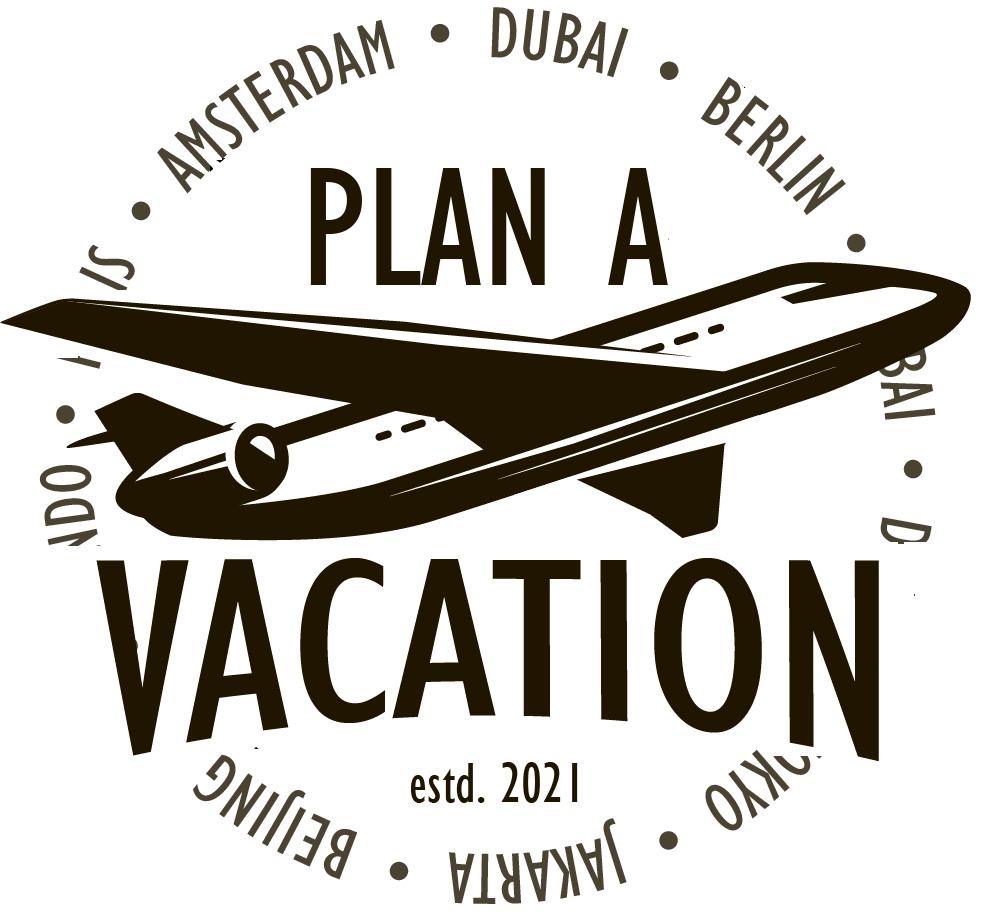Austria
Overview
Austria stands as a bridge between Eastern and Western Europe. Home to some of the most important places and people in Europe's history, it has been both a major power and a conquered territory. It is a nation that not only sat near the Iron Curtain in the 20th Century but on the edge of Ottoman Territory for hundreds of years before.
Austria's unique position has allowed it to become both a place through which ideas have flowed as well as one that saw a constant movement of people from far-away lands. Today Austria's profile may be somewhat smaller than it was a century ago, but it is still a vital part of Europe's cultural landscape.
Facts about Austria
- The very first postcards were issued in Austria.
- Founded in 1752, Austria's The Tiergarten Schönbrunn is the oldest zoo in the world.
- The world's first organic farm was registered in Austria in 1927.
- Austria is the only member state of the EU that is not also a member of NATO.
- Founded in 803, Austria's St. Peter Stiftskeller. is the oldest still-operating restaurant in the world.
Borders
Located at the heart of Europe, Austria is as defined by its borders as by anything else. To the northwest, Austria borders Germany. To the northeast, it borders the Czech Republic.
Austria borders Hungary and Slovenia to the east, Slovenia to the south, and Italy to the southwest. To the west, it also borders both Switzerland and Lichtenstein. The country, like its neighbor Switzerland, is landlocked and is partially dominated by the Alps.
Area
The physical area of Austria is about 32,386 square miles. Today's Austria is only a fraction of the size that it dominated at its height, coming in at just about twice the size of neighboring Switzerland. It is the 113th largest nation in the world, behind Azerjiaban and ahead of the United Arab Emirates.
Government
Austria's government is a representative democracy. The head of state is the head of state, but largely serves a ceremonial role. The head of the government is the Federal Chancellor, who is appointed by the President. The legislative branch of Austria is bicameral, divided into the popularly-elected National Council and the legislatively-appointed Federal Assembly.
Austria is further4 divided into nine states. Each of these states has distinct legislative powers and nominates representatives to the Federal Assembly. Despite the fact that a great deal of governance happens at the local level, there have been discussions about consolidating these systems in the name of efficiency and cost savings.
Popular Tours
F.A.Q.
What Languages are Spoken?
The official spoken language of Austria is Austrian German. With that said, there are also two other languages spoken in Austria - Austro-Bavarian and Alemannic. The former language greatly informs Austrian German, while the latter is difficult to understand even for those who live in Austria.
There are a number of other languages spoken in Austria as well. About two percent of Austrians speak Turkish as a primary language, while about two-and-a-half percent speak Burgenland Croatian. The countries that border Austria also greatly influence the foreign languages spoken there, so many Austrians also speak English, French, and Italian in addition to Austrian German.
What is the climate like?
Austria's climate varies by region. In the northwest, the country has an Atlantic maritime climate that leads to a high degree of precipitation. In eastern Austria, there is more of a continental climate that leads to cold, dry winters. Southern Austria has a Mediterranean climate that is significantly milder, though it does tend to lead to more precipitation in the Alps.
What is the currency?
The currency that is used is the Euro.
What is the population of Austria?
The population is approximately 8.83 Million
What is the capital of Austria?
The capital is Vienna, located on the far eastern side of the country, not far from Bratislava, Slovakia.
What is the current time in Vienna?
14:01:46, 04/28/2025













